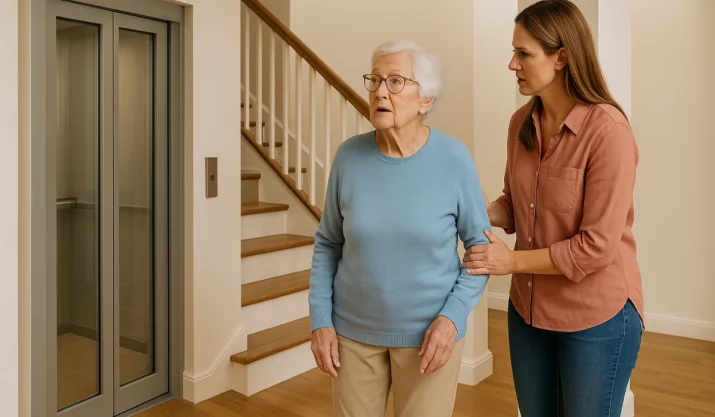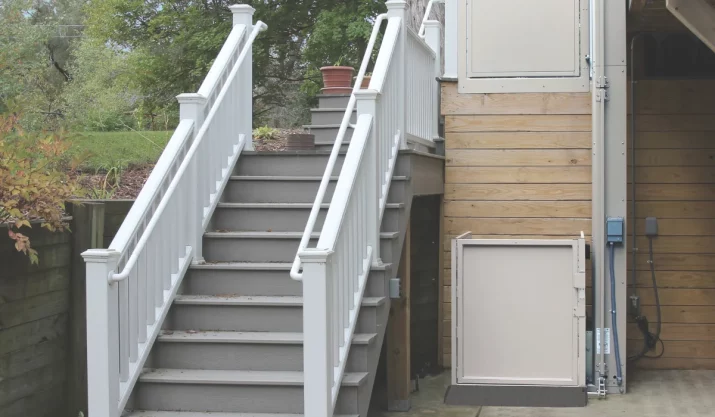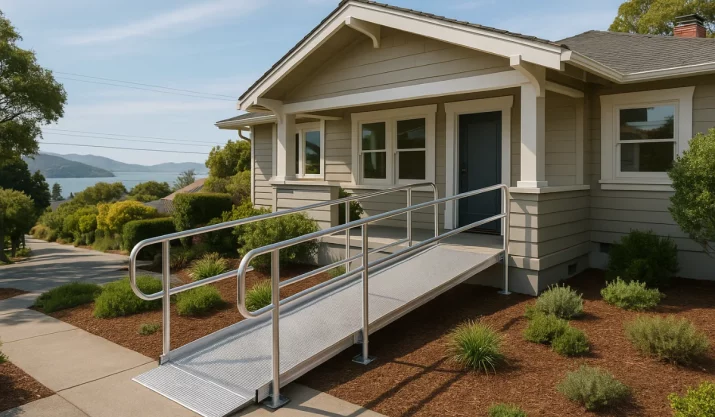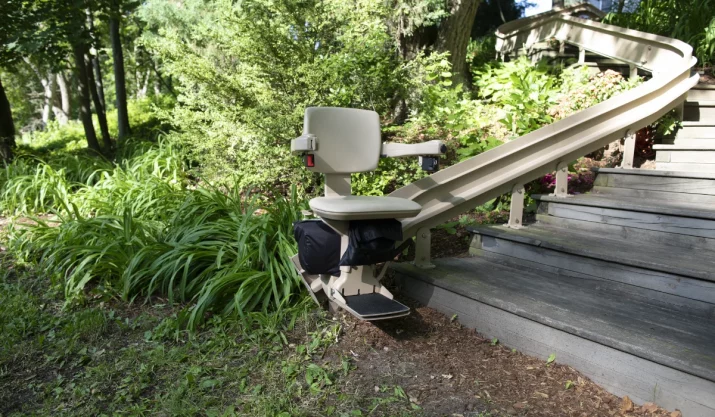Signs Your Aging Parent Needs a Home Elevator

Table of Contents
- Key Takeaways
- Frequent Struggles With Stairs
- Increasing Risk of Falls
- More Time Spent on One Floor
- Health Conditions That Limit Movement
- Caregivers Struggling With Daily Routines
- Reliance on Mobility Devices Indoors
- Concerns About Aging in Place
- Layout Challenges in the Home
- Anxiety or Hesitation When Using Stairs
- Ready to Talk About Elevator Needs? We’re Here to Help.
- Frequently Asked Questions
If your parent is struggling with stairs, their home may no longer meet their mobility needs, and that can quickly affect their safety and independence. In many California homes, especially older properties with multiple staircases or split-level layouts, navigating stairs is a daily challenge for seniors.
A home elevator can be a life-changing improvement to your parents’ living space. Let’s walk through the key signs that a home elevator might be the right solution for your family member, and how the right elevator company can help you plan for the future.
Key Takeaways
- Difficulty using stairs or avoiding them could indicate that your parent needs a home elevator for daily safety.
- Falls, mobility issues, and health changes are strong reasons to install a residential elevator for safer movement.
- Wheelchairs, caregivers, and tight layouts all benefit from an elevator that improves home access for loved ones.
- California Mobility helps families choose and install elevators that support aging in place and increase home value.
Frequent Struggles With Stairs
If your parent avoids going upstairs or takes each step with visible strain, it’s a signal that stair use has become unsafe. You may have added handrails or considered a stair lift. However, if their mobility issues are progressing or affect balance, those adjustments might not be enough.
A residential elevator can eliminate the need to navigate stairs entirely, restoring safe and comfortable access to different levels of the home.
Increasing Risk of Falls
One fall on the stairs, or even a close call, can change everything. Many California homeowners find themselves retrofitting their homes after an injury, but it’s better to act proactively.
An elevator reduces the risk of falls by removing the physical hazard of staircases. It also gives you and your loved ones much-needed reassurance, especially when your parent is alone during the day.
More Time Spent on One Floor
Has your parent started living almost entirely on the first floor, even if their bedroom or bathroom is upstairs?
Staying confined to one level can impact daily living and reduce quality of life.
When mobility is limited, some people even sleep in recliners or rearrange their homes around their limitations. A space-saving home lift or compact elevator cab allows you to continue using your entire living space without significant lifestyle changes.
Health Conditions That Limit Movement
Mobility issues resulting from arthritis, joint replacements, heart conditions, or neurological disorders can make stairs painful or impossible to navigate. In some cases, recovery from surgery or a short-term injury highlights the need for long-term accessibility.
A home elevator enables more effortless movement between floors, eliminating the need for physical effort or caregiver assistance.
Caregivers Struggling With Daily Routines
When a caregiver has to help someone up and down stairs multiple times a day, both parties face extra physical and emotional strain. Whether the caregiver is a hired professional or a family member, those routines can become challenging to manage.
A residential elevator supports daily activities by making your parents’ home safer and more accessible for everyone involved.
Reliance on Mobility Devices Indoors
If your parent is using a walker, cane, or wheelchair indoors, stairs may already be off-limits. While a wheelchair lift can be used in some outdoor settings, it doesn’t address interior access needs. A residential elevator designed for limited mobility can restore safe, independent movement within the home.
Many modern elevators are now built with safety features that accommodate walkers, canes, or even wheelchairs directly in the elevator cab.
Concerns About Aging in Place
If your family is planning for the future, rather than reacting to a crisis, a home elevator should be part of the conversation. Retrofitting for home accessibility now ensures your parent can remain in their home longer, comfortably and safely.
California homeowners who invest in elevator installation also benefit from an increase in the property value, especially when paired with smart home renovations that support aging in place.
Layout Challenges in the Home
Some California homes, particularly in the Bay Area and coastal cities, have layouts with multiple short staircases, sunken living rooms, or tight hallways that complicate access. These designs weren’t built with mobility in mind.
Choosing an elevator that suits your home’s design allows you to maintain function and flow without sacrificing your parents’ safety or access to different levels of the house.
Anxiety or Hesitation When Using Stairs
When a parent hesitates at the top of the stairs, waits until someone is home to go up, or avoids stairs entirely out of fear, it may be time to explore more permanent mobility solutions. Those subtle signs can indicate a more profound concern about falling, getting stuck, or facing the stairs alone.
Installing a residential elevator can ease that anxiety and improve your parents’ confidence and comfort in their own living space.
Ready to Talk About Elevator Needs? We’re Here to Help.
If you’ve noticed one or more of these signs, now is the right time to consider a home elevator. At California Mobility, we specialize in helping families navigate the mobility planning process, from selecting the right model to coordinating elevator installation and long-term maintenance.
Whether you’re thinking ahead or responding to an urgent need, give us a call or fill out the form on our contact page.








